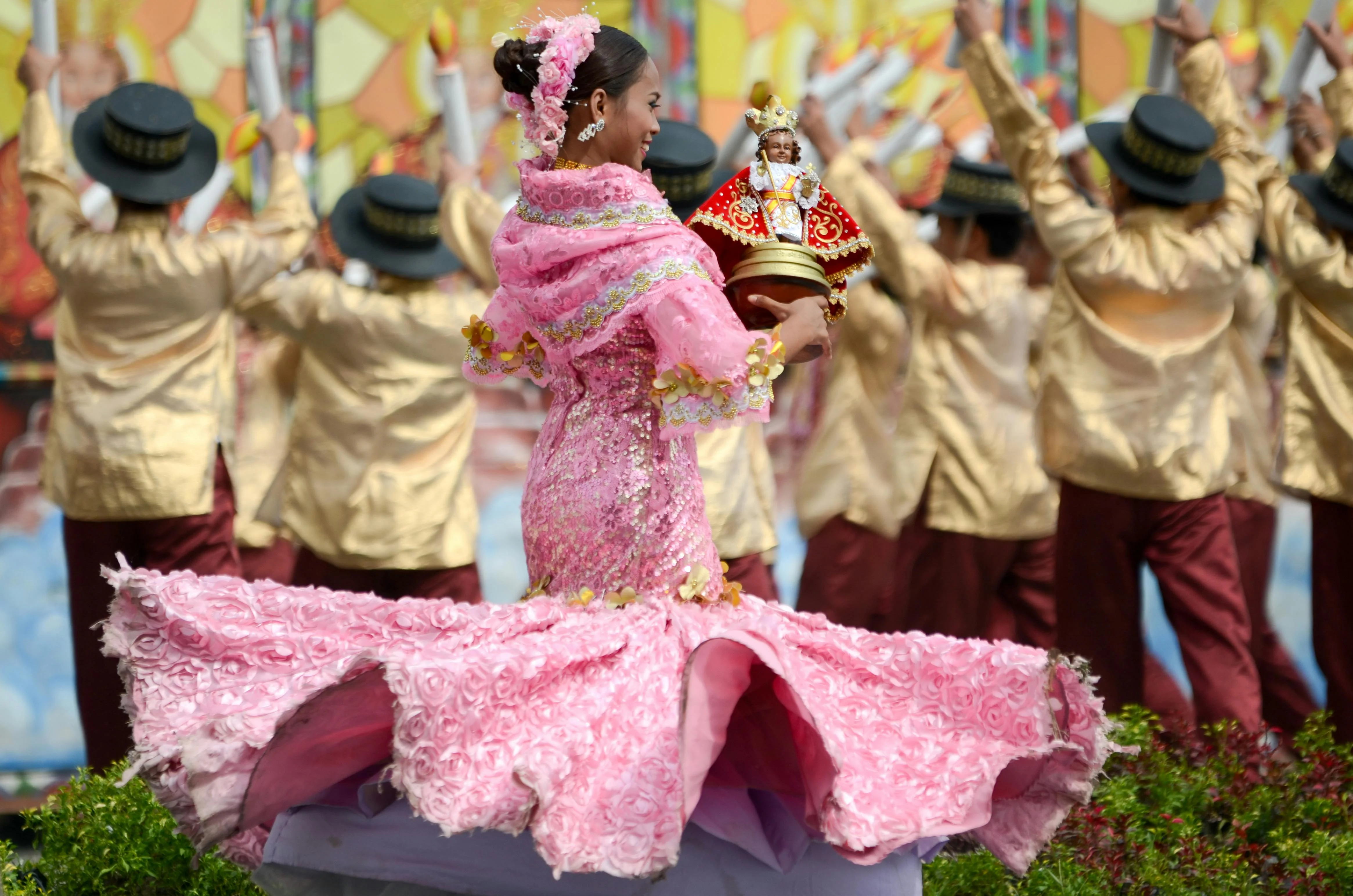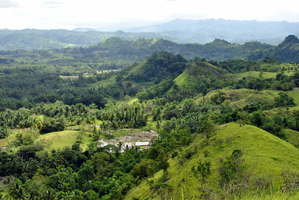A Historical Feast: Understanding the Roots of Philippine Festivals


The Birth of Festivals: A Blend of Faith and Tradition
Philippine festivals, or fiestas, have deep-rooted origins, often tied to the country's introduction to Christianity around the 16th century with the arrival of Spanish colonizers. These colonizers used fiestas to instill religious teachings by aligning them with existing local customs, resulting in a syncretic celebration of both ancient and Christian traditions.
One of the most significant components of these festivals is the vibrant religious processions, which not only serve as acts of faith but also as a showcase of Filipinos' artistic expressions through ornate carriages and traditional clothing. The integration of pre-colonial rituals and Christian elements remains evident, highlighting the Philippines' unique cultural evolution.
Cebu: The Heart of Philippine Festivals
Among the many islands that comprise the Philippines, Cebu stands out as a major cultural hub where traditional festivals are celebrated with fervor. The Sinulog Festival, held every January in Cebu City, is one of the country's most famous displays of this rich cultural synthesis.
Sinulog: A Celebration of Faith and Heritage
This annual event draws millions from across the globe, eager to witness the ostentatious displays and spirited devotions. It is a time for Cebuanos to reflect on their historical journey and embrace their legacy while providing an intoxicating experience for visitors who wish to understand the essence of community celebration.

The Pilgrim's Journey: Experiencing the Unforgettable
The blend of spiritual devotion and joyous festivity provides an unparalleled cultural immersion. Visitors find themselves not only awed by the spectacle but also moved by the profound sense of history and community that is palpable throughout the celebrations.

Conclusion: A Timeless Tradition
Understanding the roots of Philippine festivals offers a gateway into the soul of the country. From the intertwining of local customs with introduced religions to the role of a unifying cultural event, these fiestas reflect the dynamic history of the Filipino people. For travelers and locals alike, participating in such festivals provides a magnificent and unique cultural portrait that bridges past and present, making it a cherished aspect of Filipino life.
For any pilgrimage traveler or culture enthusiast, Cebu's festivals are not to be missed. They are not merely events but experiences that offer deeply enriching insights into the vibrant tapestry of the Philippines' history and heritage.







